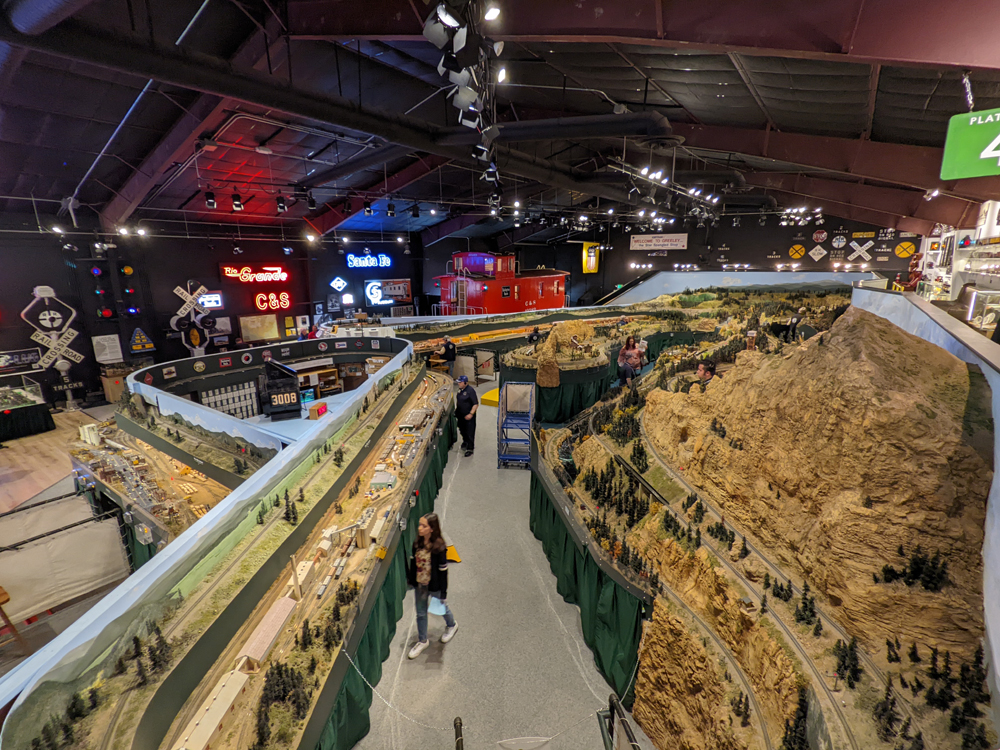
Planning your travel for this summer? Be sure to include some model trains in those plans! These five train layouts throughout the country (and world) are all worth a visit this summer. Colorado Model Railroad Museum Featuring more than 500 HO scale locomotives, 80 scale miles of track, and tens of thousands of handmade trees, […]
Read More…
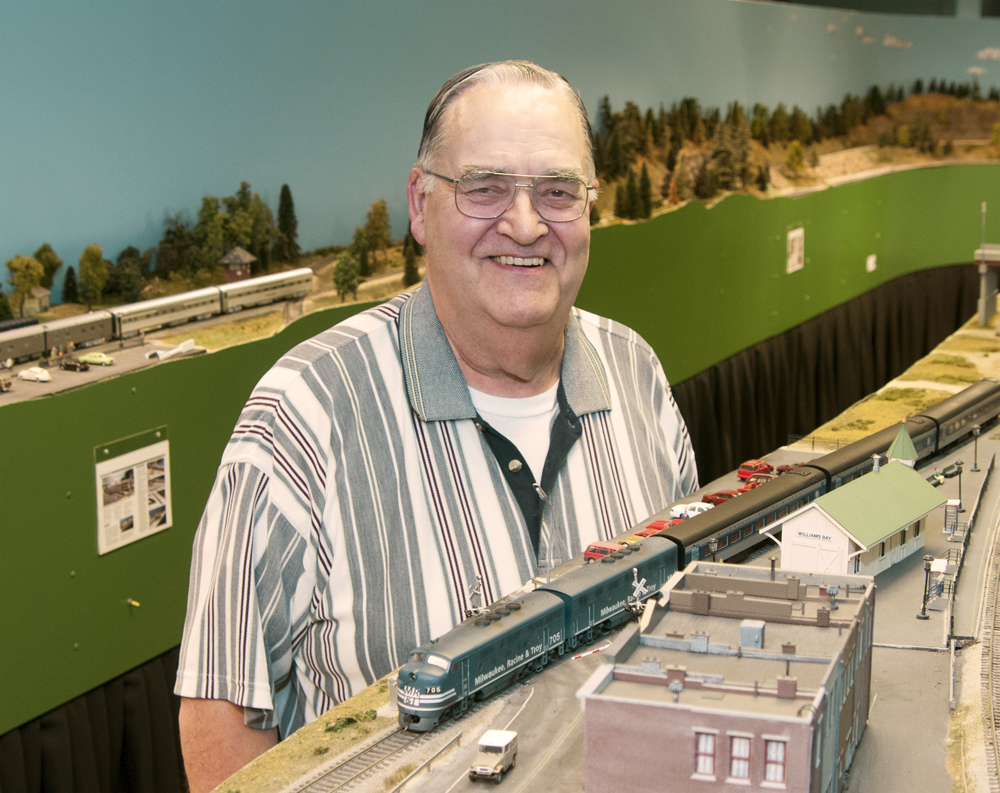
The Model Railroader Hall of Fame August nominees are all part of the Kalmbach Media (formerly Kalmbach Publishing Co.) family tree. Though all three men worked here, each impacted model railroading in a different way. Jim Hediger shared his modeling tips and techniques with readers for more than 40 years. Michael Stephens, a second-generation Kalmbach […]
Read More…
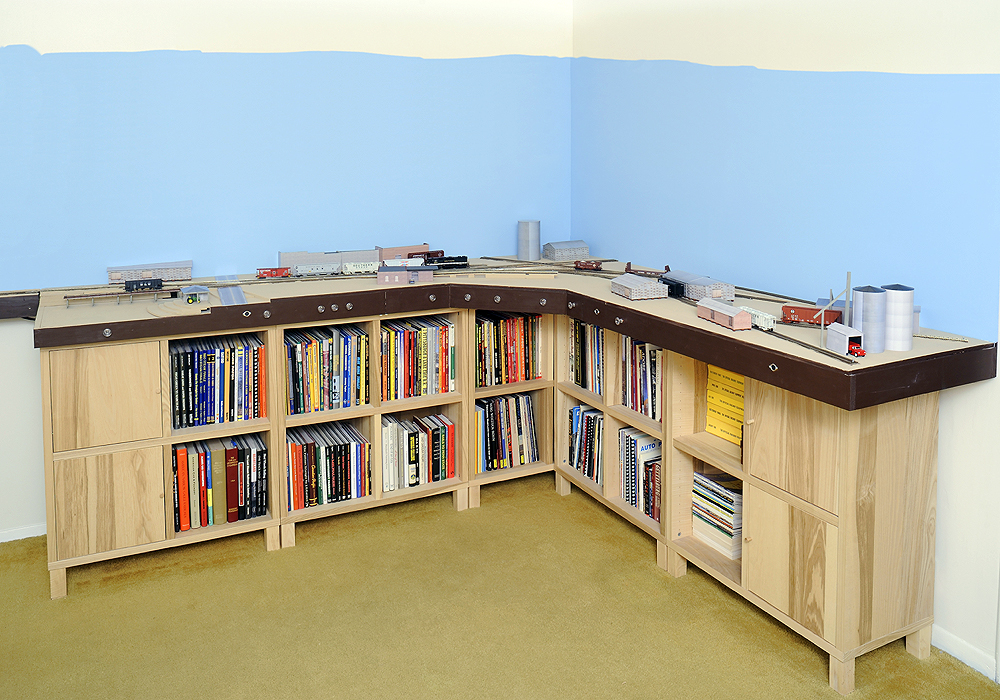
Model railroads can take up a lot of space, but one way to recuperate some of that is to use the area under the benchwork for either modeling or household items. So here are some storage ideas for under your layout. Shelving Shelving is a popular strategy for storage under your layout. One of the […]
Read More…
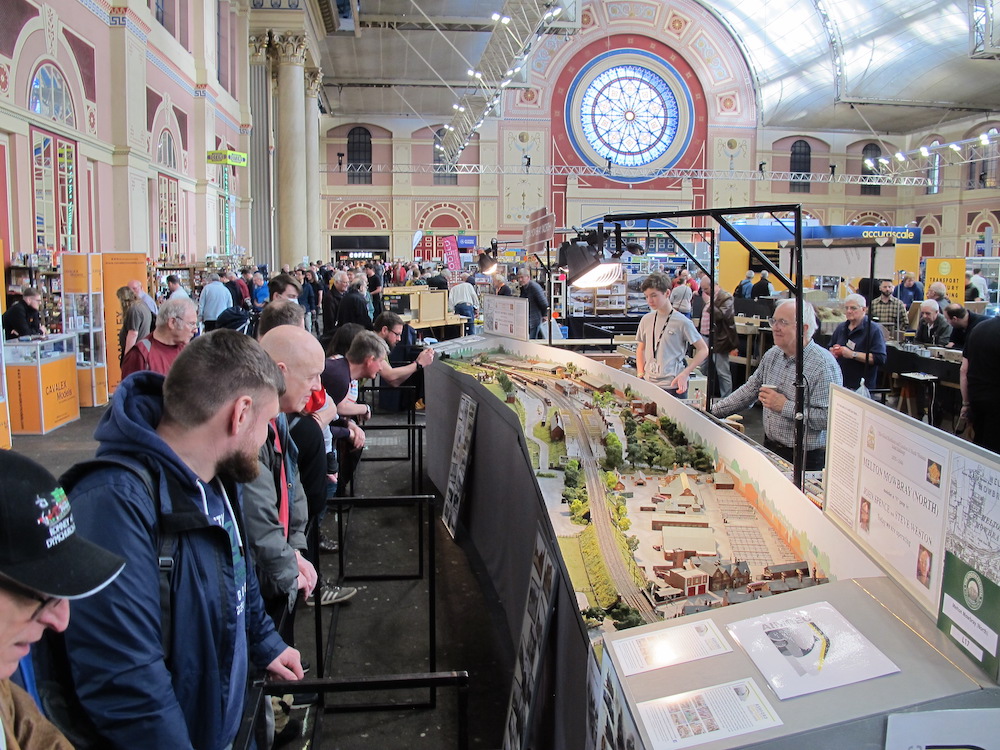
In early 2024, the United Kingdom’s Warley Model Railroad Club announced they were discontinuing the renowned Warley National Model Railway Exhibition. As the club pivots in a new direction, there’s another organization looking to fill the void left behind with the cancellation of the national event. The need for a national event On Feb. 16, […]
Read More…
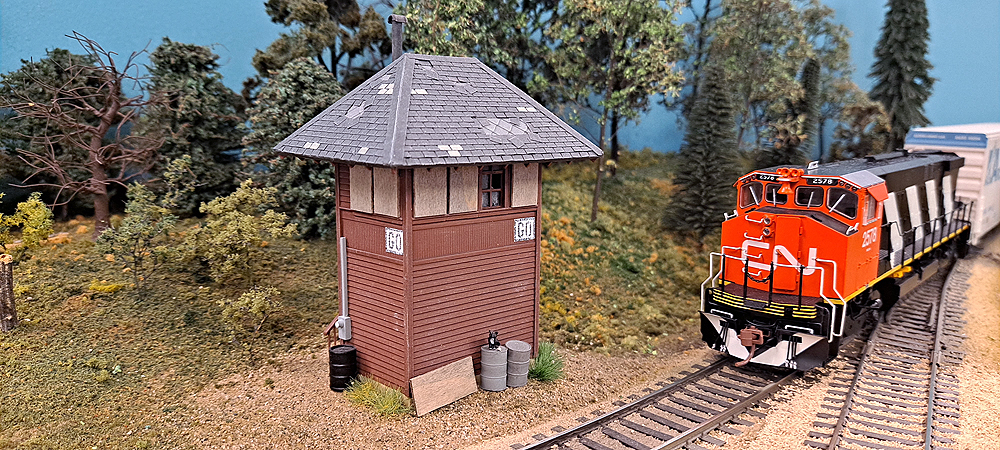
What are railroad tower operations? Railroad tower operations can have at least two meanings. One is what happens inside a tower, or more specifically, an interlocking tower. The other is a way of running a railroad, by using the operators in interlocking towers to control traffic through specific points of the railroad. So, why do […]
Read More…

News & Products for the week of June 24th 2024 Model railroad operators and builders can get the latest information about locomotives, freight cars, passenger cars, tools, track, and more by reading Model Railroader’s frequent product updates. The following are the products Model Railroader editors have news on for the week of June 24th 2024. […]
Read More…
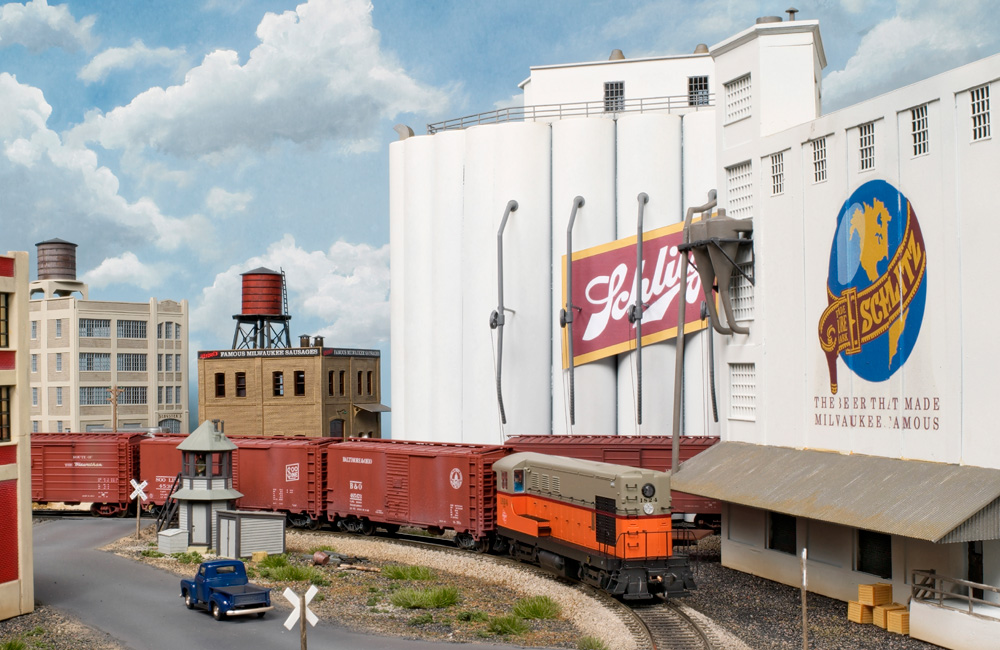
Q: I am modeling the Milwaukee Road’s Beer Line in HO scale. Which trains worked the Beer Line, and what were the train numbers they used? I can’t find any information on the internet. They didn’t just call them “Midnight Beer Train” or “Elevator Job,” did they? — Jerry Lane A: The Beer Line is near […]
Read More…
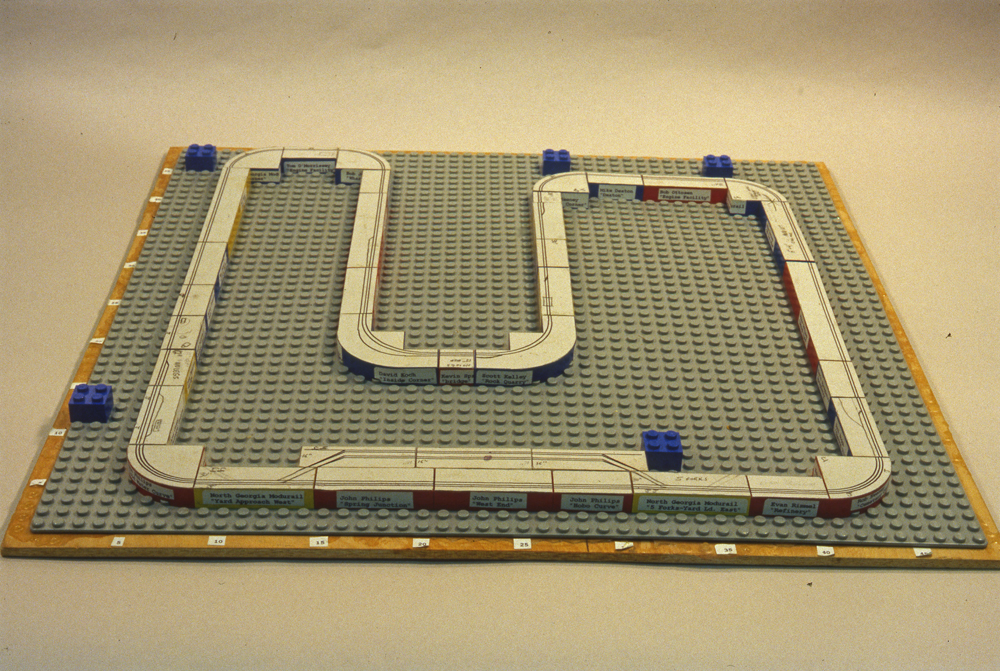
When I joined North Georgia Modurail, I noticed early on that the club had a hard time planning show layouts. The layout would be planned on paper, but inevitably changes had to be made at the last minute. My inspiration came while watching my 4-year-old son play with his LEGO. The bricks were a small-scale […]
Read More…
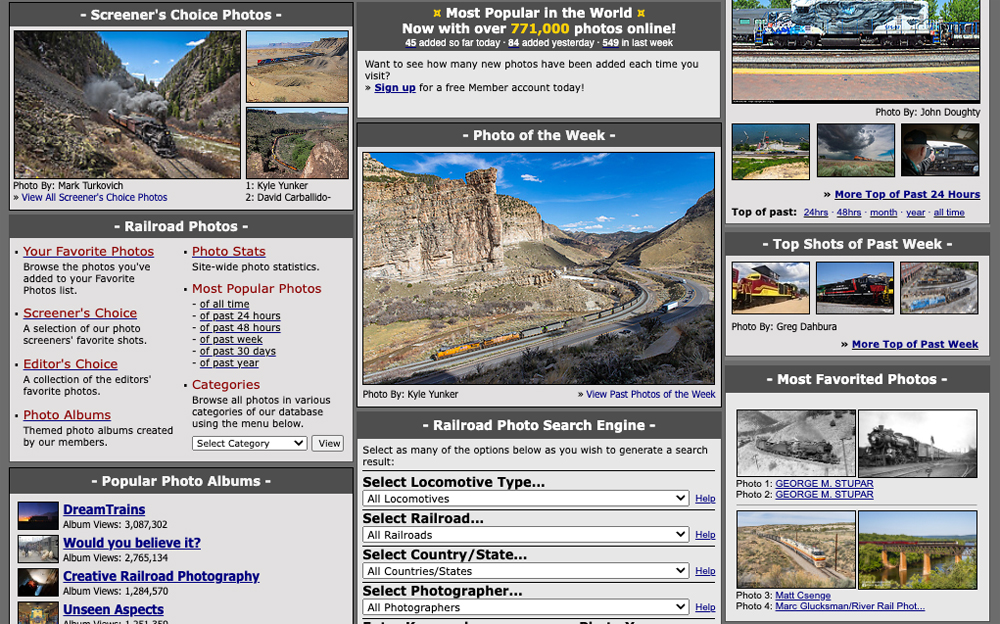
Sometimes, an idea for a layout strikes like a bolt of lightning. You can see everything, from the benchwork to the yard design to the topography. All you have to do is build. Occasions like that, though, are infrequent. More often than not, modelers require inspiration at one point or another in the process of […]
Read More…
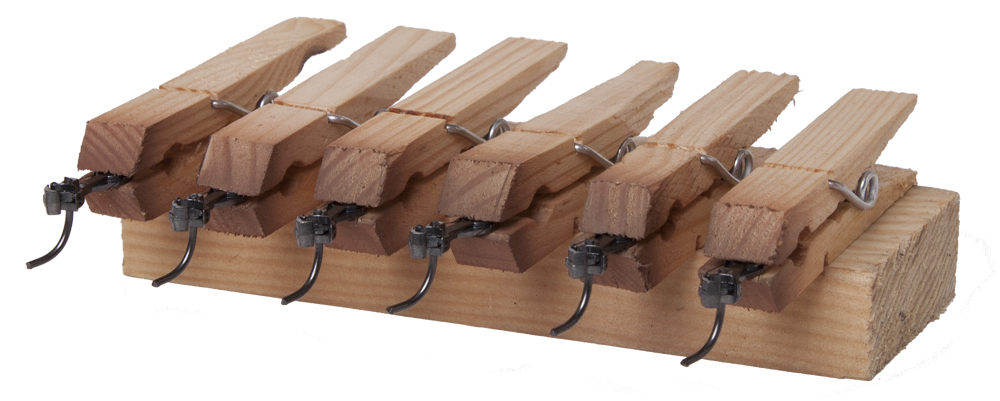
Though the hobby has evolved throughout the decades, one theme has remained constant: Model railroaders are a resourceful bunch. There are many in the hobby community who have a knack for looking items not for what they are, but for what they might become. In this article, we’ll take a look at 10 household items […]
Read More…
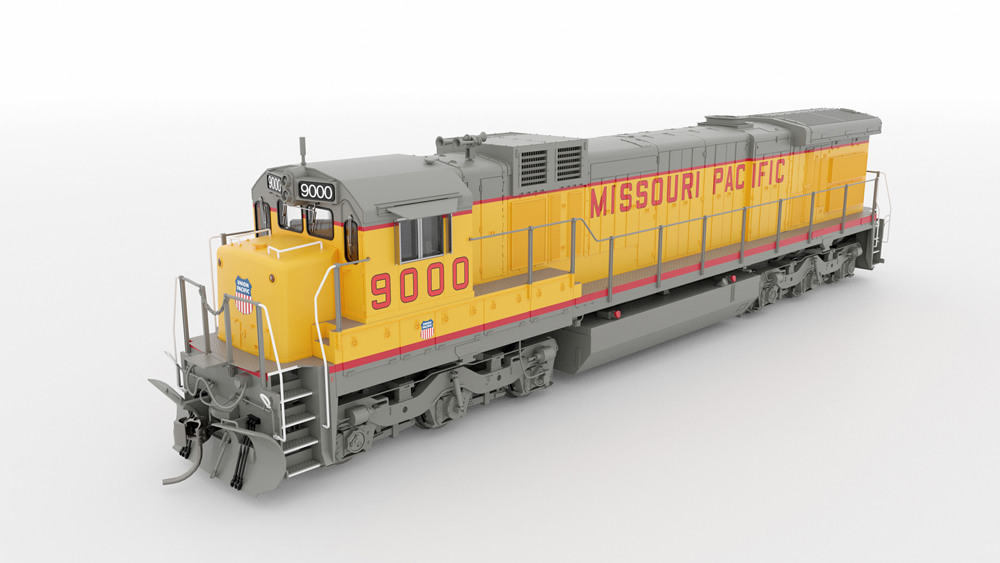
News & Products for the week of June 17th 2024 Model railroad operators and builders can get the latest information about locomotives, freight cars, passenger cars, tools, track, and more by reading Model Railroader’s frequent product updates. The following are the products Model Railroader editors have news on for the week of June 17th 2024. […]
Read More…
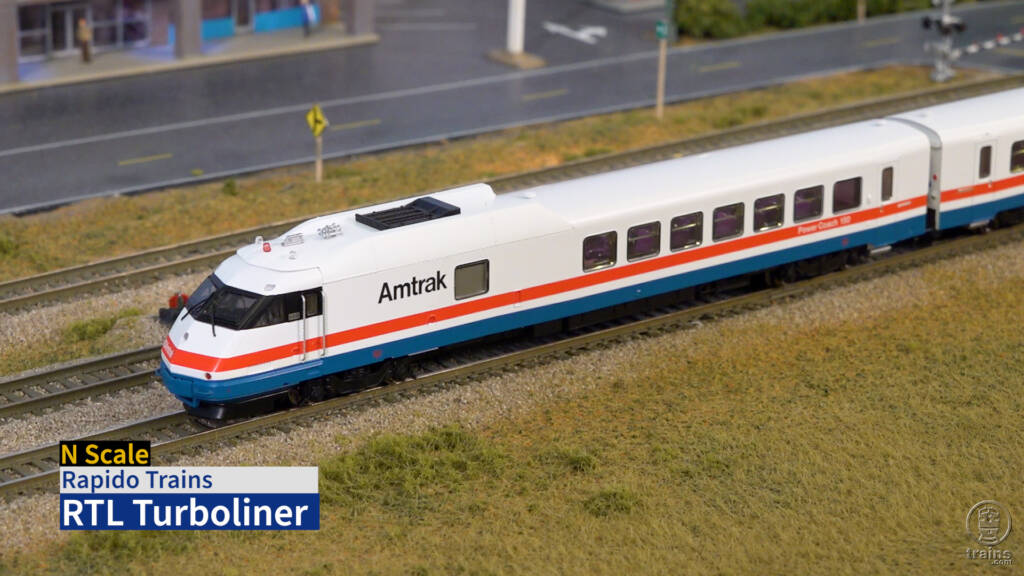
The Rapido Trains N scale Turboliner, based on the Rohr Industries prototype from the mid-1970s, recently paid a visit to our Milwaukee, Racine & Troy State Line Route layout. Join Senior Editor Cody Grivno as he shares a brief history of the RTL Turboliner, points out the details on a 5-car set, and demonstrates the […]
Read More…












